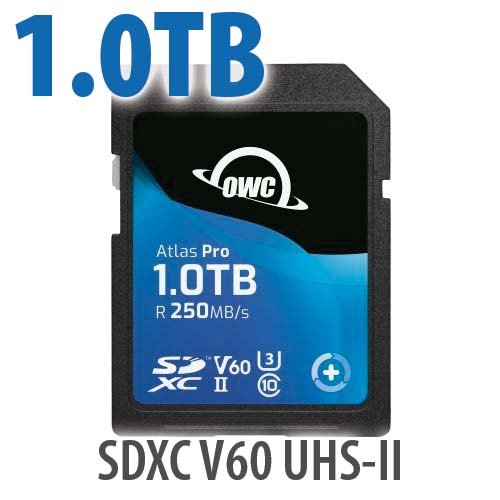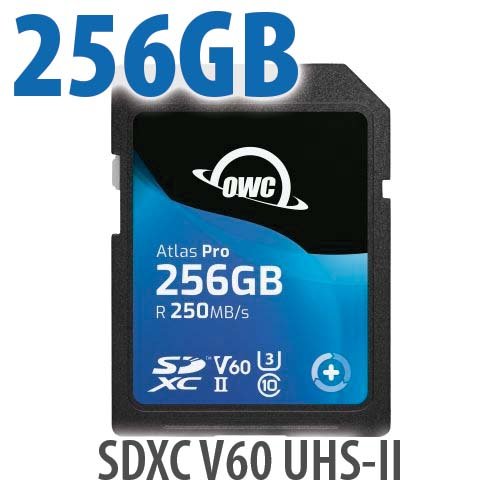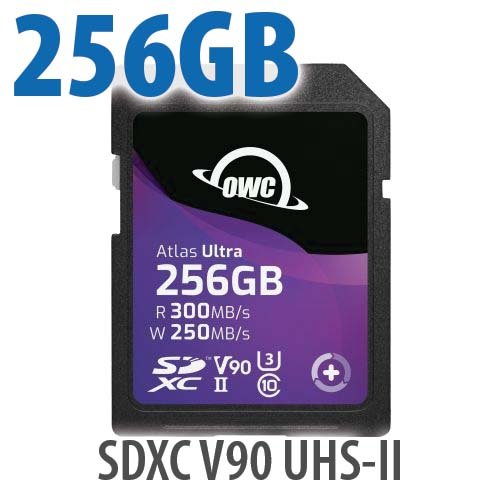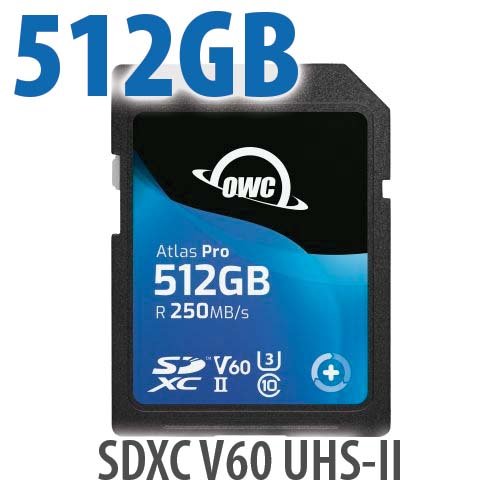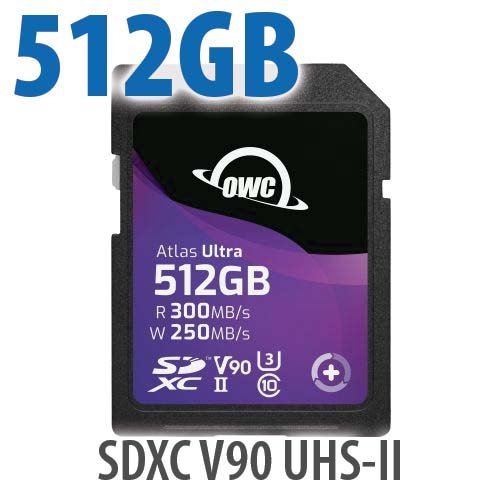What Capacity Camera Cards for Field Work? Bigger is Always Better, Here’s Why
Anon writes:
Few people use 512GB SD because they don’t want to risk that much data being lost or accidentally damaged in professional work flows. And 1 x 512GB costs substantially more than 2 x 256GBs.

DIGLLOYD: cost is a compelling argument in the context of the very fastest professional-grade cards, like OWC Atlas Ultra; the very best flash memory is up to 6X more expensive than standard cards.
However, I disagree with the risk premise because it’s actually the opposite, in this sense:
- If capacity allows, an entire trip can reside on one card (weeks of work for me). That's a superb additional backup because it goes with me when out and about.
- Keeping previous shoots on-card in no way changes the requirement to do daily downloads and backups of the day’s shoots. The card in the camera becomes an additional backup that is carried with me as I use the camera each day. Each prior shoot is renamed on the card, and the camera just ignores it.
- If I download and erase a camera card each day, a plundered van potentially means a loss of all prior work. I must assume that computers plus backups drives would all be stolen, even if stashed in different bags. Yes, I can carry a formal backup with me while out shooting (and sometimes do)... and that’s why the larger camera card makes sense for me.
- Similarly, you are on your way back and your laptop and stuff is stolen eg a grab-and-run theft situation. If you stick an SDXC card or two into your wallet with all the trip images, that’s a fantastic way to backup your stuff (in addition to other means). And that can be done just by pulling the card(s) out of the camera when traveling since they contain all the images from the trip... unless you erase cards along the way.
- IMO, it is an inherently flawed workflow to erase a card while on a trip or similar, because there is always the possibility of thinking the card was downloaded when it was not, or failing to backup, etc. Retaining prior shoots on the card until back at home base precludes such errors.
Good reasons for download/backup/erase, include buying cards that are too small, perhaps for budgetary reasons. You just have to do it, not having enough space. In the past, that was such a huge hassle that I vowed to never again allow it—nothing worse than getting 3 miles out and finding the card is nearly full because I forgot to erase it. Perhaps there are other reasons for other people, but they do not exist in my field-work workflow.
Use a secondary card as backup card in dual-slot cameras
One way to address this is to buy one moderate-size high-performance card, using it as primary. And a cheaper but much higher capacity card as a secondary.
My suggestion for dual-slot cameras is to buy a cheaper 1TB SDXC card, and designate it as a backup slot (camera writes everything to the main card, and the backup card). Let that 1TB card be the card that never gets erased. For example, the very reasonably priced 1.0TB OWC Atlas Pro.

|
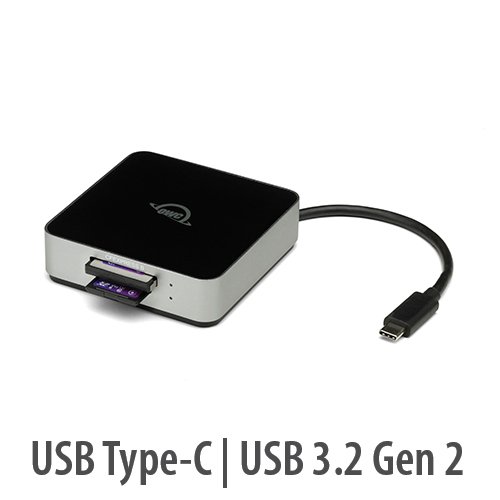
|
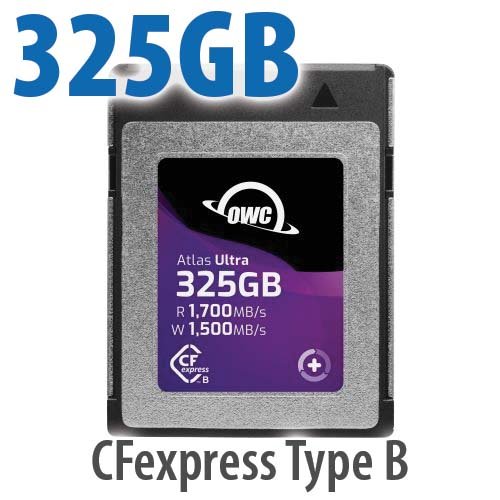
$290 SAVE $110 = 27.0% OWC 325GB OWC Atlas Ultra CFexpress 2.0 Type B Memory Card in All Other Categories
|

|




























